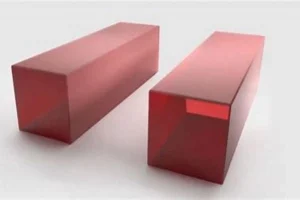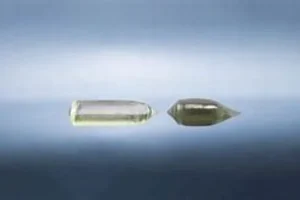Introduction
A profound understanding of laser crystals is crucial in the field of laser technology. Laser crystals are the heart of solid-state lasers, serving as the medium that generates laser radiation. This article presents a comprehensive comparison of Nd:YAG, Yb:YAG, and Ti:Sapphire crystals – three prominent laser crystals used across various applications. We delve into their unique properties, compare their features, and illustrate their suitability across different use cases.
Nd:YAG Crystals
Indeed, the popularity of Nd:YAG crystals is not unfounded. These crystals have carved a unique niche in the world of laser technology, owing to their exceptional physical, thermal, and optical properties.
One of the defining features of Nd:YAG crystals is their high thermal conductivity. The inherent heat resistance of these crystals lends them a distinctive advantage in high-power laser operations. This high thermal conductivity facilitates efficient heat transfer, allowing the crystals to withstand high-power continuous wave operations, high-intensity Q-switched operations, and single-mode operations.
In addition to their high thermal conductivity, Nd:YAG crystals are also known for their hardness and optical homogeneity. The hardness of these crystals enables them to withstand demanding operating conditions, thereby enhancing their reliability and lifespan. On the other hand, their optical homogeneity ensures a consistent light output, which is critical in ensuring the quality of the laser beam.
Nd:YAG crystals also stand out due to their versatility in applications. These crystals have found their way into various industrial and medical applications. In the medical field, Nd:YAG lasers are widely used in ophthalmology for procedures such as posterior capsulotomy and peripheral iridotomy. The crystals’ ability to produce a coherent and powerful light source is instrumental in these delicate procedures, as it ensures precision and minimizes potential damage to surrounding tissues.
In dermatology, Nd:YAG lasers have proven effective in treating a range of conditions, including skin tightening, hair removal, and acne treatment. The crystals’ unique absorption characteristics allow them to target specific skin structures without affecting the surrounding tissues, resulting in effective and safe treatments. Similarly, in dentistry, Nd:YAG lasers have made a significant impact. From gum disease treatment to tooth whitening, these lasers have revolutionized dental procedures, thanks to their precision and efficacy.
Nd:YAG crystals have also made substantial inroads into the manufacturing sector. They are extensively used in welding, cutting, and drilling applications. The crystals’ high-power output and beam quality make them suitable for precision manufacturing processes. They are particularly useful in the welding of high-strength materials and in the cutting and drilling of metals and ceramics.
In essence, the superior properties and wide-ranging applications of Nd:YAG crystals underline their dominance in the world of laser technology. With ongoing advancements in this field, these crystals are set to play an even more critical role in shaping the future of laser applications. They serve as a testament to how a deep understanding of material properties can lead to innovations that revolutionize industries.
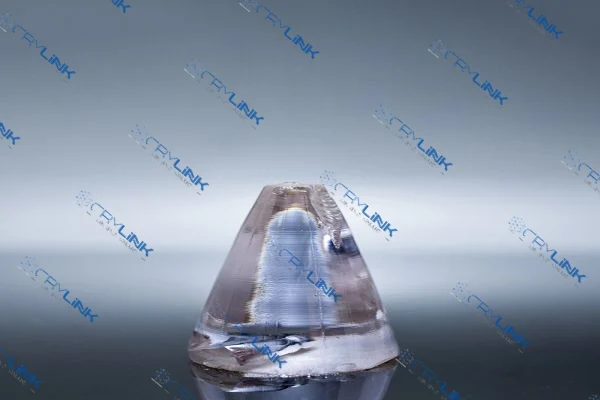
Yb:YAG Crystals
Ytterbium-doped Yttrium Aluminum Garnet (Yb:YAG) crystals are increasingly finding favor in the laser industry. The critical factor driving their popularity is their exceptional efficiency and narrow emission linewidth. This combination of features positions Yb:YAG crystals as a prominent choice in applications requiring high energy output and precise control.
Yb:YAG crystals are well-known for their high quantum efficiency, which exceeds that of their Nd:YAG counterparts. Quantum efficiency, in simple terms, refers to the proportion of absorbed pump photons converted into laser photons. The higher this ratio, the more efficient the lasing process becomes, resulting in minimal wasted energy. This energy efficiency has direct implications for the performance of laser systems, affecting factors such as beam quality, output power, and overall system lifespan.
One aspect that significantly contributes to the high quantum efficiency of Yb:YAG crystals is their narrow absorption bands. This property makes Yb:YAG crystals particularly suited for diode-pumped systems, which are increasingly becoming the standard in modern laser technology due to their high electrical-to-optical efficiency. The narrow absorption bands of Yb:YAG crystals align closely with the emission wavelengths of laser diodes, leading to highly efficient energy transfer from the diode to the lasing medium.
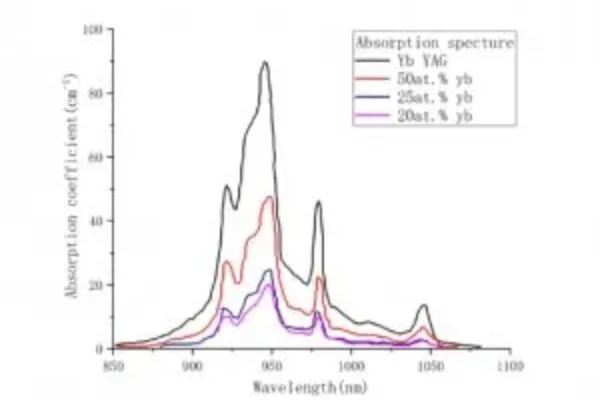
The narrow absorption bands also confer another advantage to Yb:YAG crystals – reduced susceptibility to thermal loading. Thermal loading, or the heat generated within the crystal during lasing operations, is a critical factor that can degrade the performance and lifespan of laser systems. Yb:YAG crystals, with their narrow absorption bands, absorb less unwanted radiation, thus reducing heat generation. This makes them more resistant to thermal effects, leading to better performance and longer operational life.
Yb:YAG crystals are proving to be highly valuable across various applications, particularly in high-power settings. One industry where these crystals shine is manufacturing. They are increasingly being used in cutting and welding processes due to their high output power capabilities. Their high efficiency and resistance to thermal loading enable the creation of laser beams of high power and stability, which are crucial for precise and reliable cutting and welding operations.
Beyond manufacturing, Yb:YAG crystals are also finding use in defense applications. Their high output power makes them suitable for applications such as directed-energy weapons and countermeasure systems. Here, the high beam quality and energy efficiency of Yb:YAG lasers provide the necessary power and precision for these demanding applications.
In essence, Yb:YAG crystals, with their unique properties and growing range of applications, are reshaping the landscape of the laser industry. Their high quantum efficiency, narrow emission linewidth, and resistance to thermal loading make them a vital component in a variety of high-power laser systems. As research advances and new applications emerge, Yb:YAG crystals are likely to play an increasingly significant role in the future of laser technology.
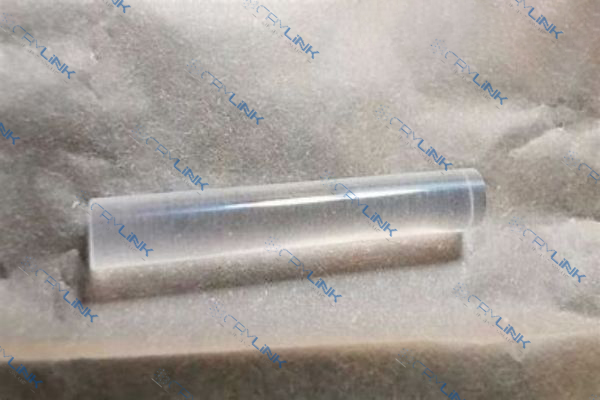
Ti:Sapphire Crystals
When it comes to ultrafast applications, Titanium-doped Sapphire (Ti:Sapphire) crystals are the industry’s preferred choice. These crystals have gained prominence for their broad emission bandwidth and high thermal conductivity, features that lend themselves perfectly to applications requiring extremely short pulse durations.
Ti:Sapphire crystals are unique due to their extraordinarily broad emission bandwidth. This wide bandwidth results from the electronic structure of the Titanium ions in the Sapphire lattice. When pumped with a suitable laser, these ions can emit light over a wide range of wavelengths. This ability to produce a spectrum of wavelengths sets Ti:Sapphire crystals apart from other laser crystals and makes them the ideal choice for tunable and ultrafast laser systems.
The importance of the wide emission bandwidth becomes apparent when considering ultrafast lasers – lasers that emit light pulses with durations in the femtosecond to picosecond range. These ultrafast pulses are achieved by a technique called mode-locking, where multiple modes of the laser are made to interfere constructively. However, for mode-locking to be successful, a broad range of modes – and hence, a broad emission bandwidth – is needed. This is where Ti:Sapphire crystals, with their wide emission bandwidth, come into play.
In addition to their wide emission bandwidth, Ti:Sapphire crystals also boast high thermal conductivity. This high thermal conductivity means that these crystals can effectively dissipate heat generated during the lasing process, thereby maintaining the stability and integrity of the laser beam. This is particularly important in high-power ultrafast systems, where thermal effects can lead to beam distortion and damage to the crystal.
The unique properties of Ti:Sapphire crystals make them an invaluable tool in various applications. In research settings, the ultrafast lasers generated from Ti:Sapphire crystals have become indispensable. These lasers have revolutionized fields such as nonlinear optics and quantum physics, where they are used to study ultrafast phenomena, from chemical reactions to electron dynamics.
Beyond research, Ti:Sapphire lasers also play a critical role in industry. One notable application is in micromachining, where the short pulse durations and high peak powers of these lasers allow for precise and minimal-impact material removal. By harnessing the power of Ti:Sapphire lasers, manufacturers can create intricate and detailed components with minimal heat-affected zones, thus improving the quality and efficiency of their processes.
In conclusion, Ti:Sapphire crystals, with their broad emission bandwidth and high thermal conductivity, represent a significant advance in the field of laser technology. They have become the backbone of ultrafast systems, powering a range of applications from fundamental research to high-tech manufacturing. As technology continues to evolve, the influence of Ti:Sapphire crystals is set to grow, driving new discoveries and innovations in the world of lasers.
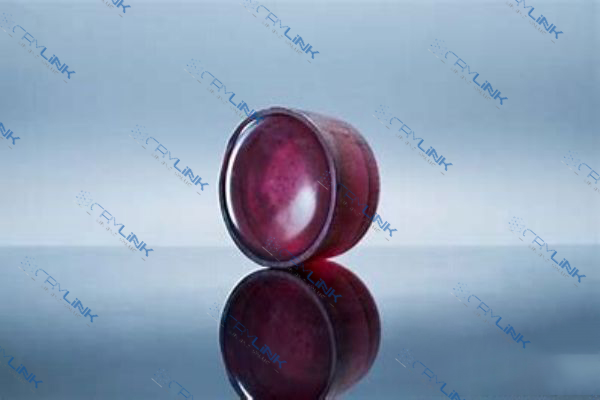
Comparative Analysis: Nd:YAG vs. Yb:YAG vs. Ti:Sapphire
Each laser crystal comes with its unique properties, which make them more suited to some applications over others. Nd:YAG crystals offer versatility and reliability, making them ideal for diverse applications. Yb:YAG crystals, with their high efficiency and narrow emission linewidth, excel in high-power applications. On the other hand, Ti:Sapphire crystals, with their wide emission bandwidth, are unbeatable in ultrafast applications.
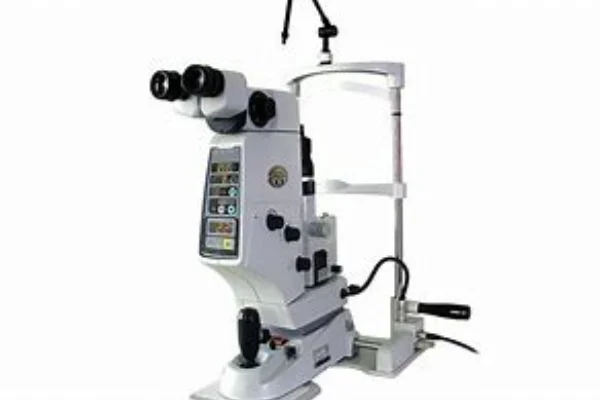
Choosing the Right Laser Crystal for Specific Applications
The selection of a laser crystal depends on the specific requirements of the application. For high power and efficiency, Yb:YAG crystals may be the better choice, whereas for a wide range of industrial and medical applications, Nd:YAG crystals are typically favored. Ti:Sapphire crystals would be the crystal of choice for applications requiring ultrafast pulses.
Prospects for Future Laser Crystal Developments
Advancements in laser crystal technology are opening up new avenues for applications. This includes the development of more efficient and compact solid-state lasers, and advancements in high-power applications. A deeper understanding of the material properties of these laser crystals will continue to drive innovation in this field.
Conclusion
In conclusion, the type of laser crystal used – Nd:YAG, Yb:YAG, or Ti:Sapphire – can dramatically influence a laser’s performance characteristics and application possibilities. Understanding the differences among these materials and their specific properties is key to determining which crystal is most suitable for a given application.
Frequently Asked Questions (FAQs)
- 1. Why are Nd:YAG crystals so popular?
- Nd:YAG crystals are popular due to their excellent thermal, optical, and physical properties, which make them suitable for a variety of applications.
- 2. What makes Yb:YAG crystals efficient?
- Yb:YAG crystals have a high quantum efficiency and narrow absorption bands, making them less susceptible to thermal loading and thus more efficient.
- 3. Why are Ti:Sapphire crystals used in ultrafast applications?
- Ti:Sapphire crystals have an extraordinarily wide emission bandwidth, which makes them ideal for generating ultrafast laser pulses.
- 4. How do I choose the right laser crystal for my application?
- Choosing the right laser crystal depends on the specific requirements of your application, such as the required power, efficiency, and emission bandwidth.
- 5. What is the future of laser crystal technology?
- The future of laser crystal technology lies in the development of more efficient and compact solid-state lasers, and further advancements in high-power applications.



